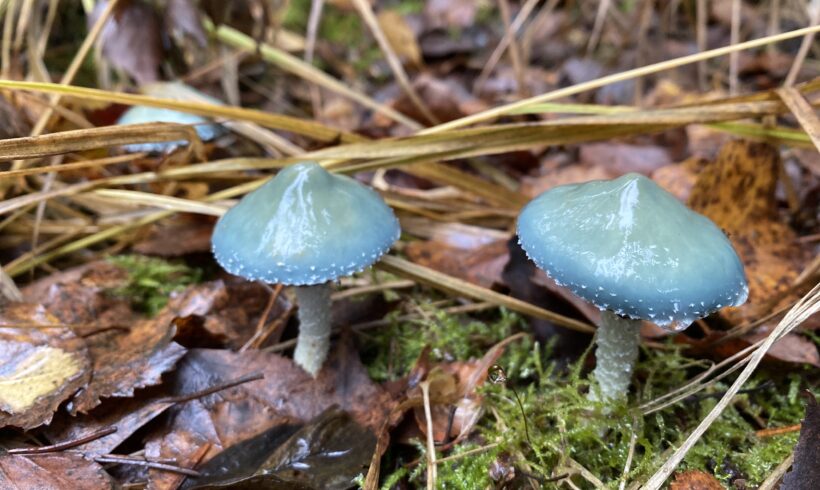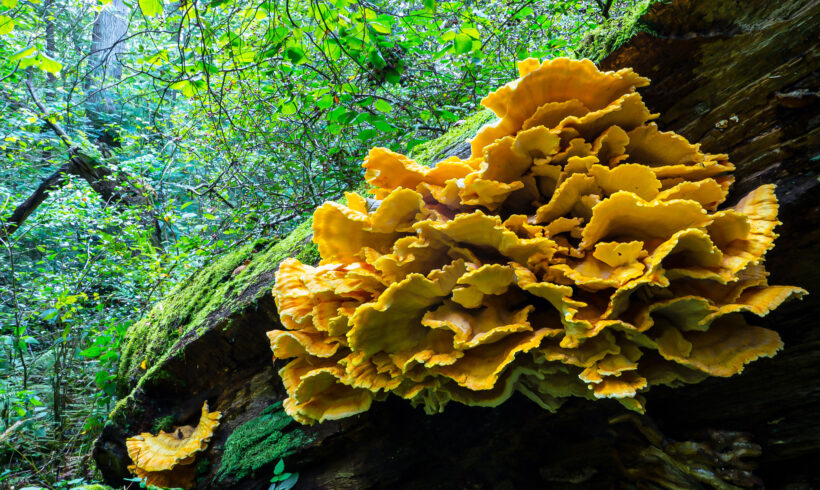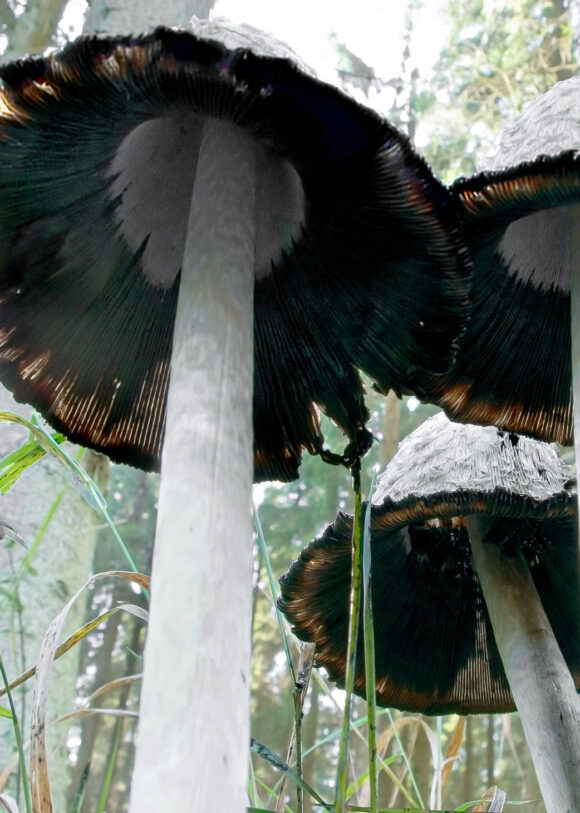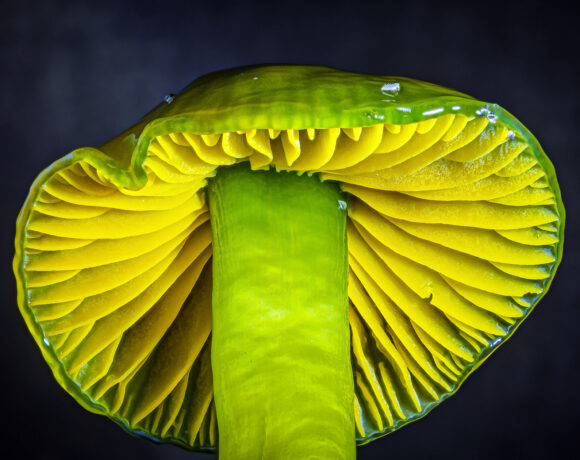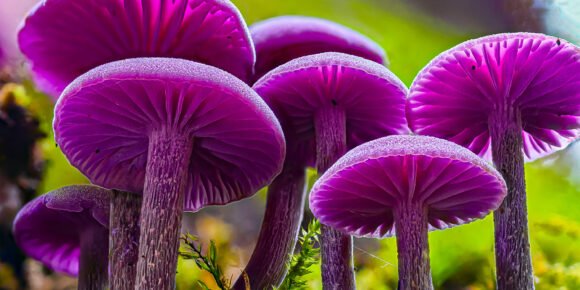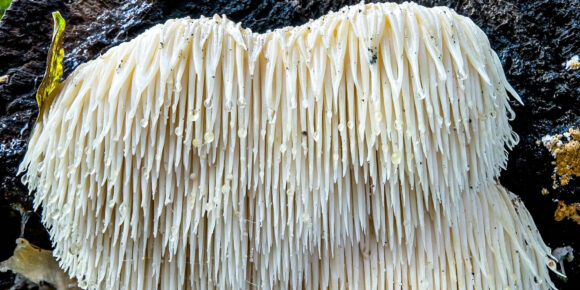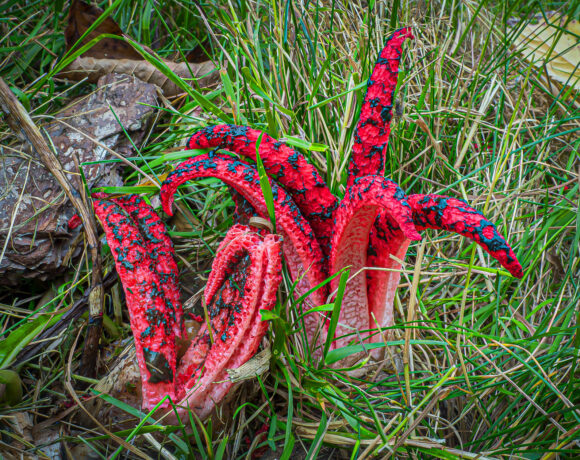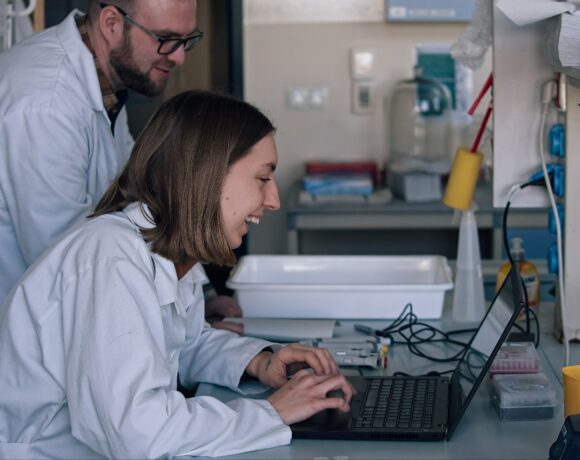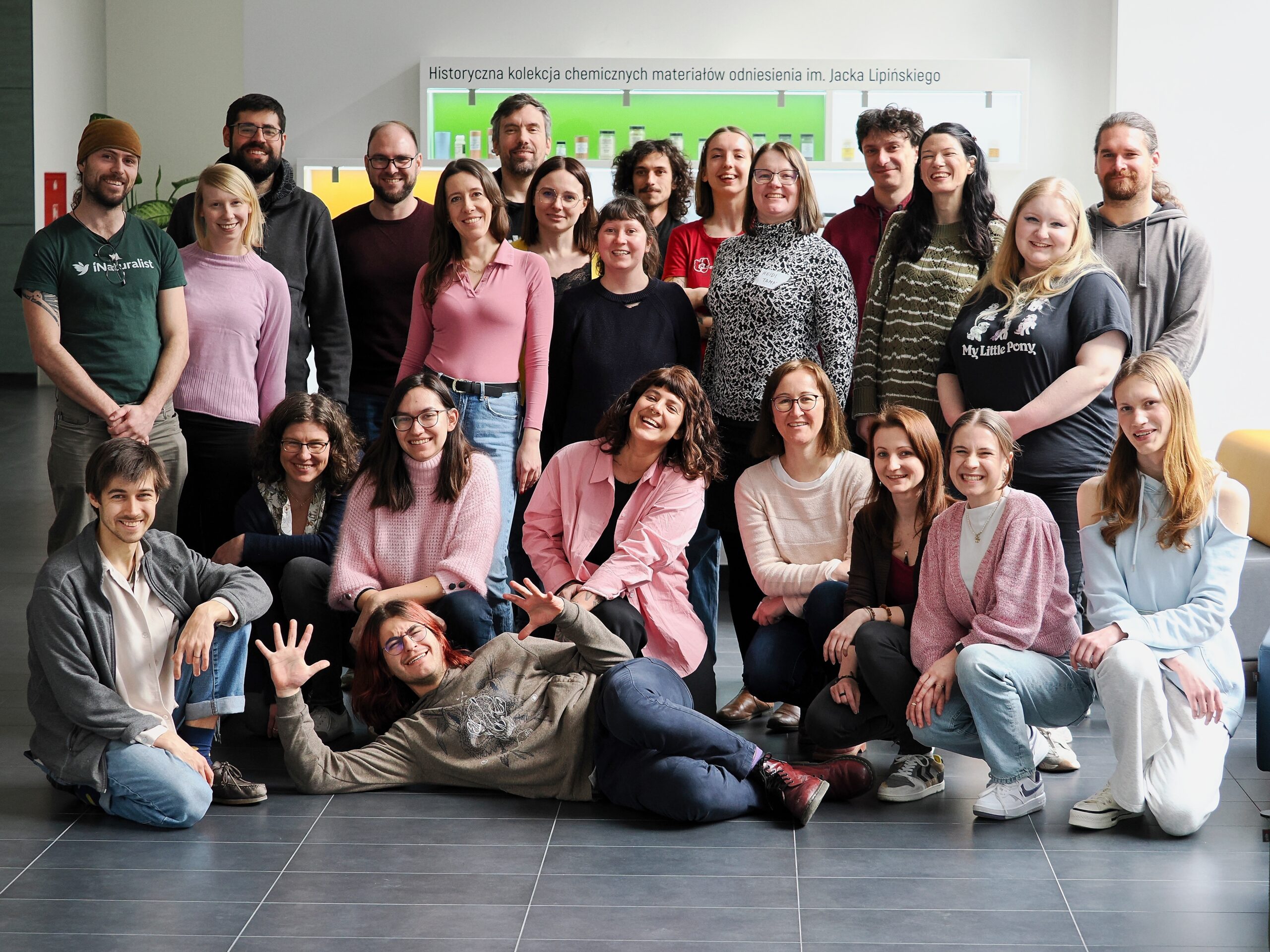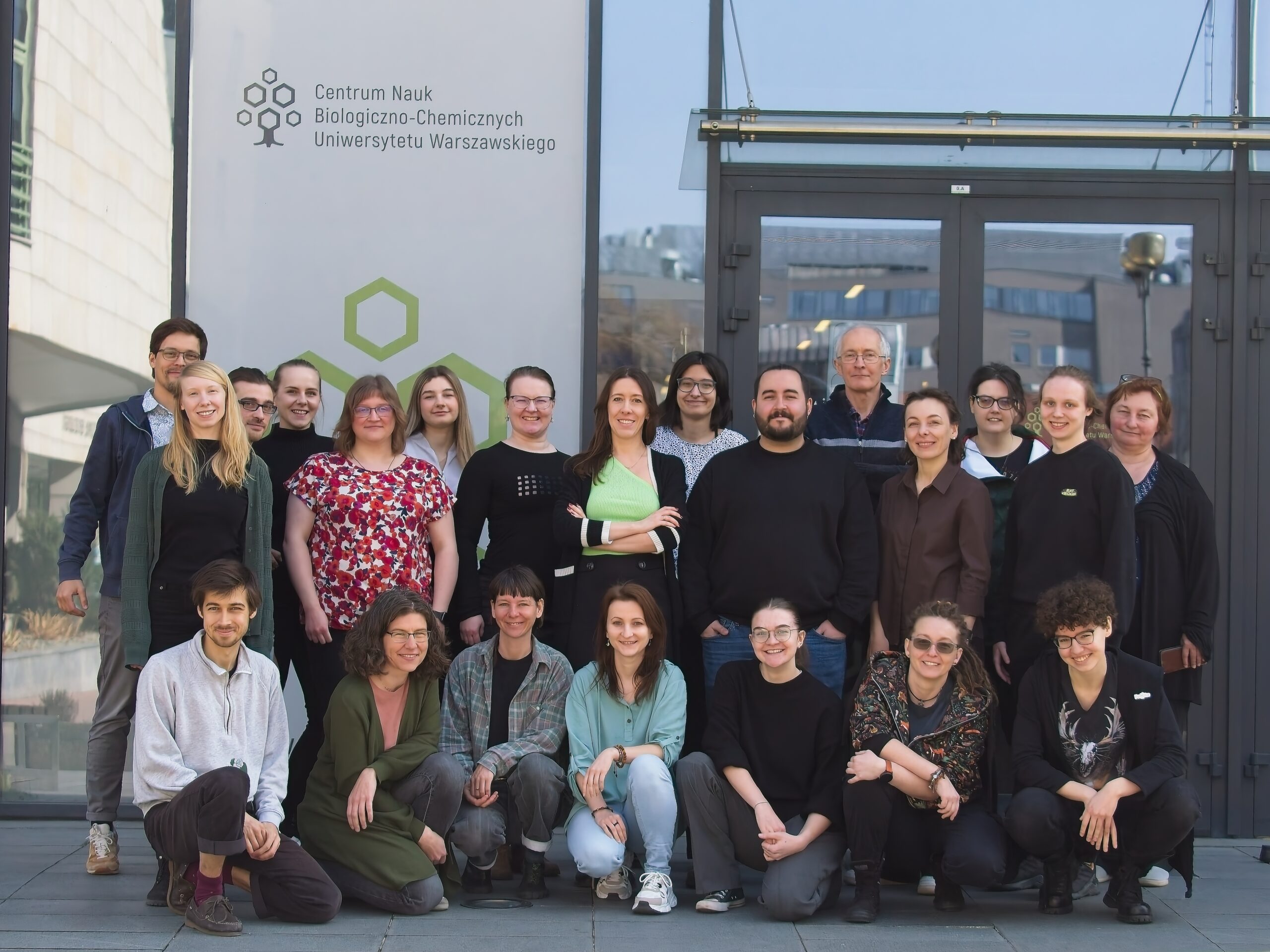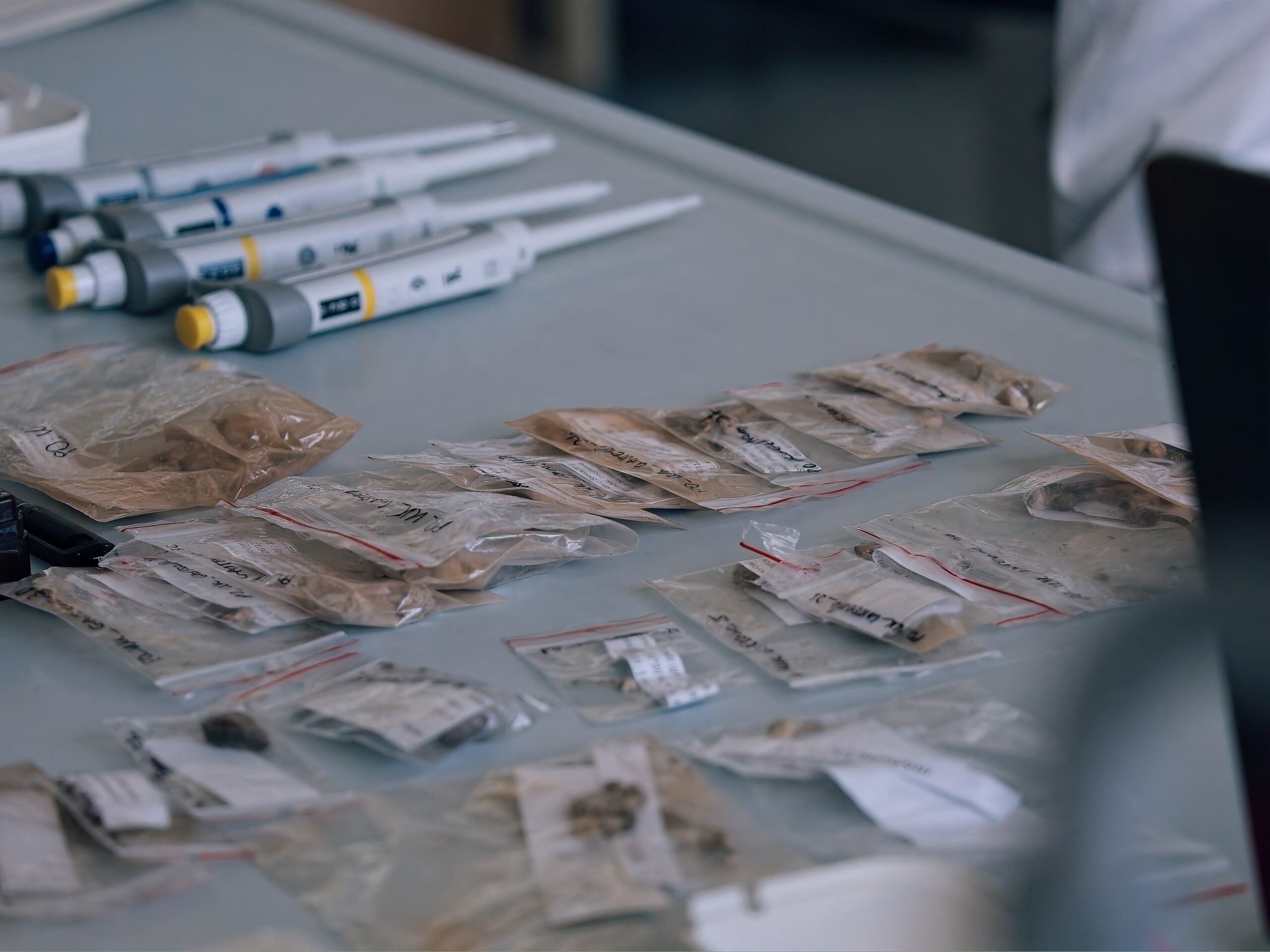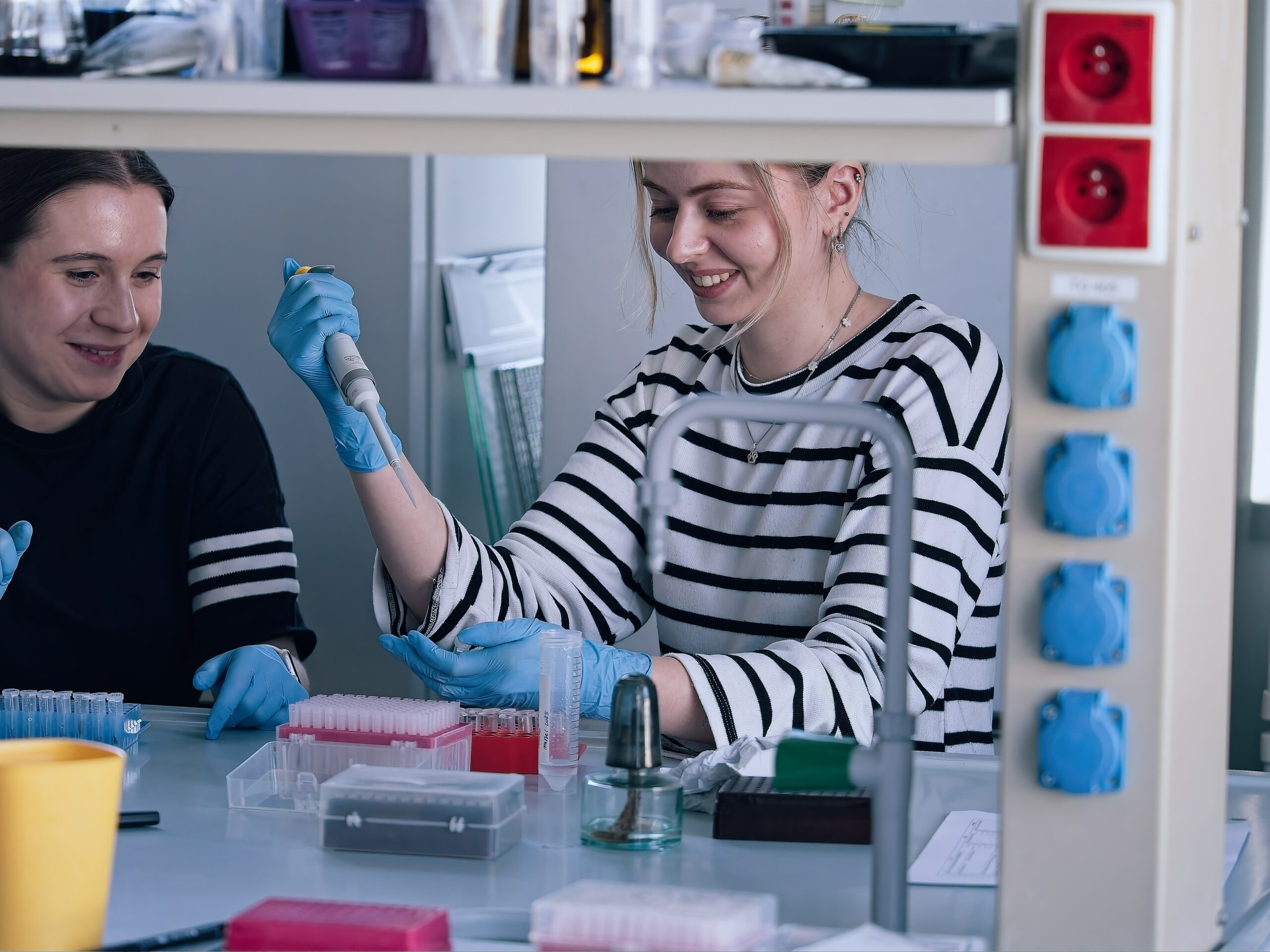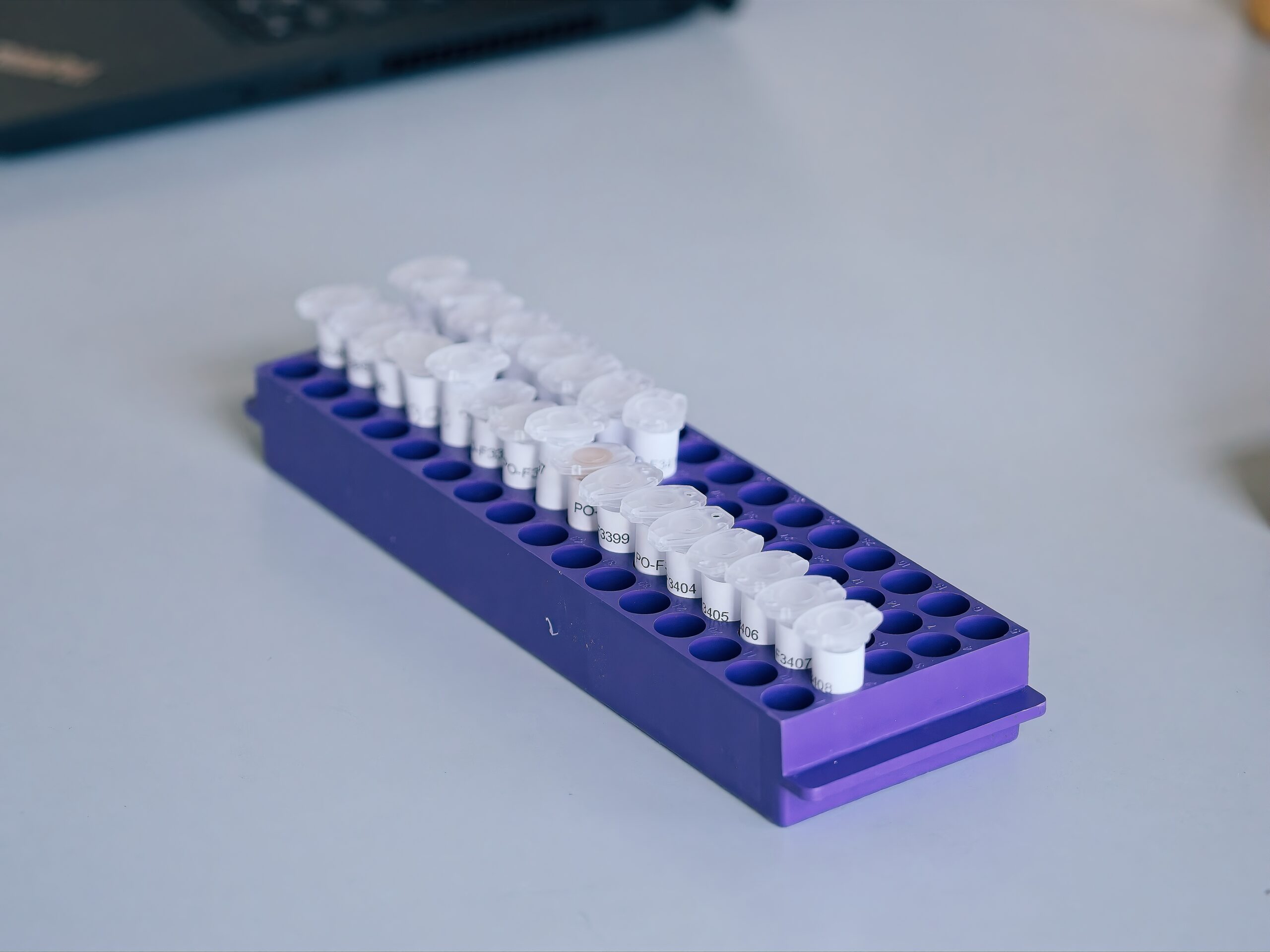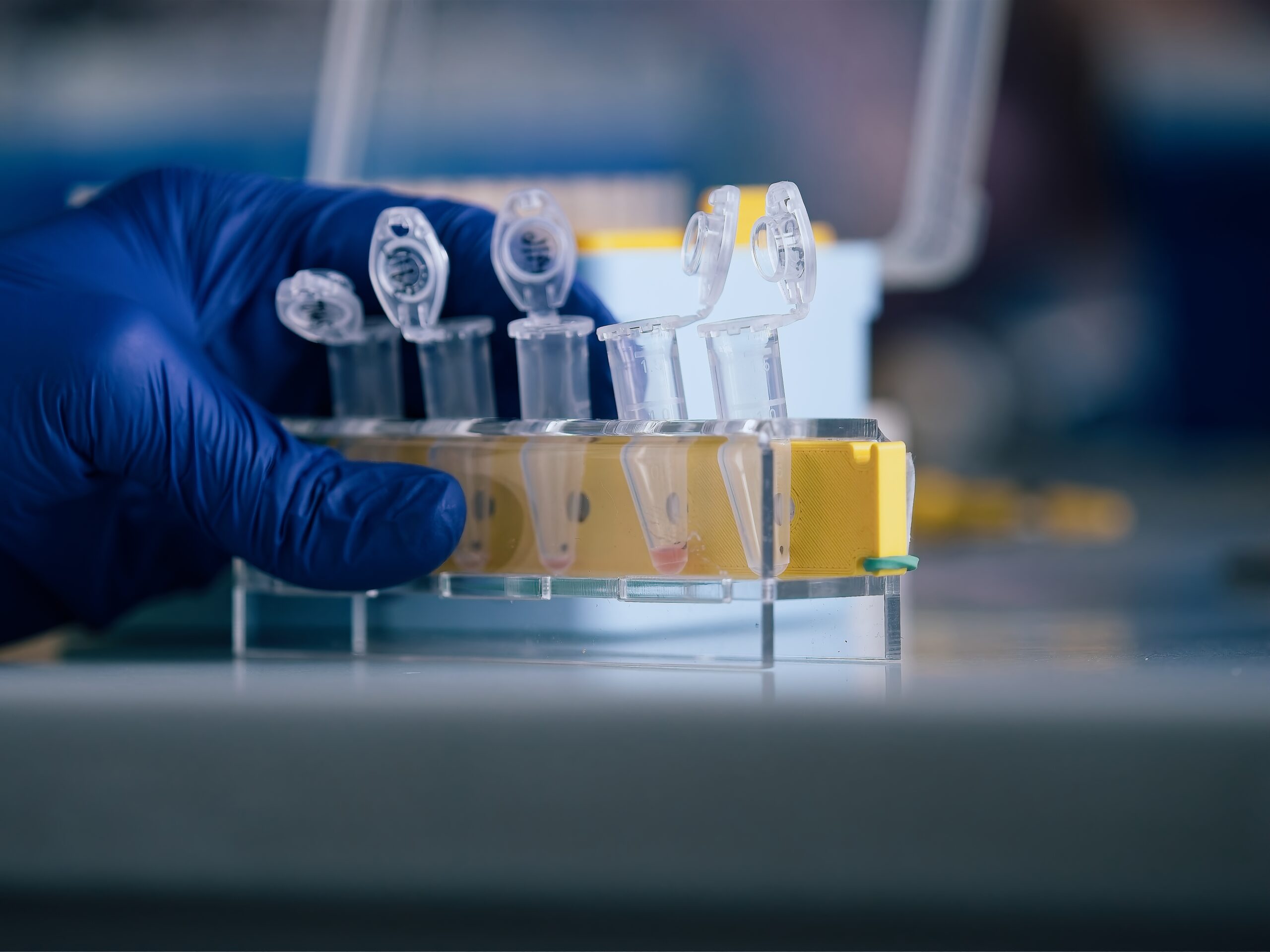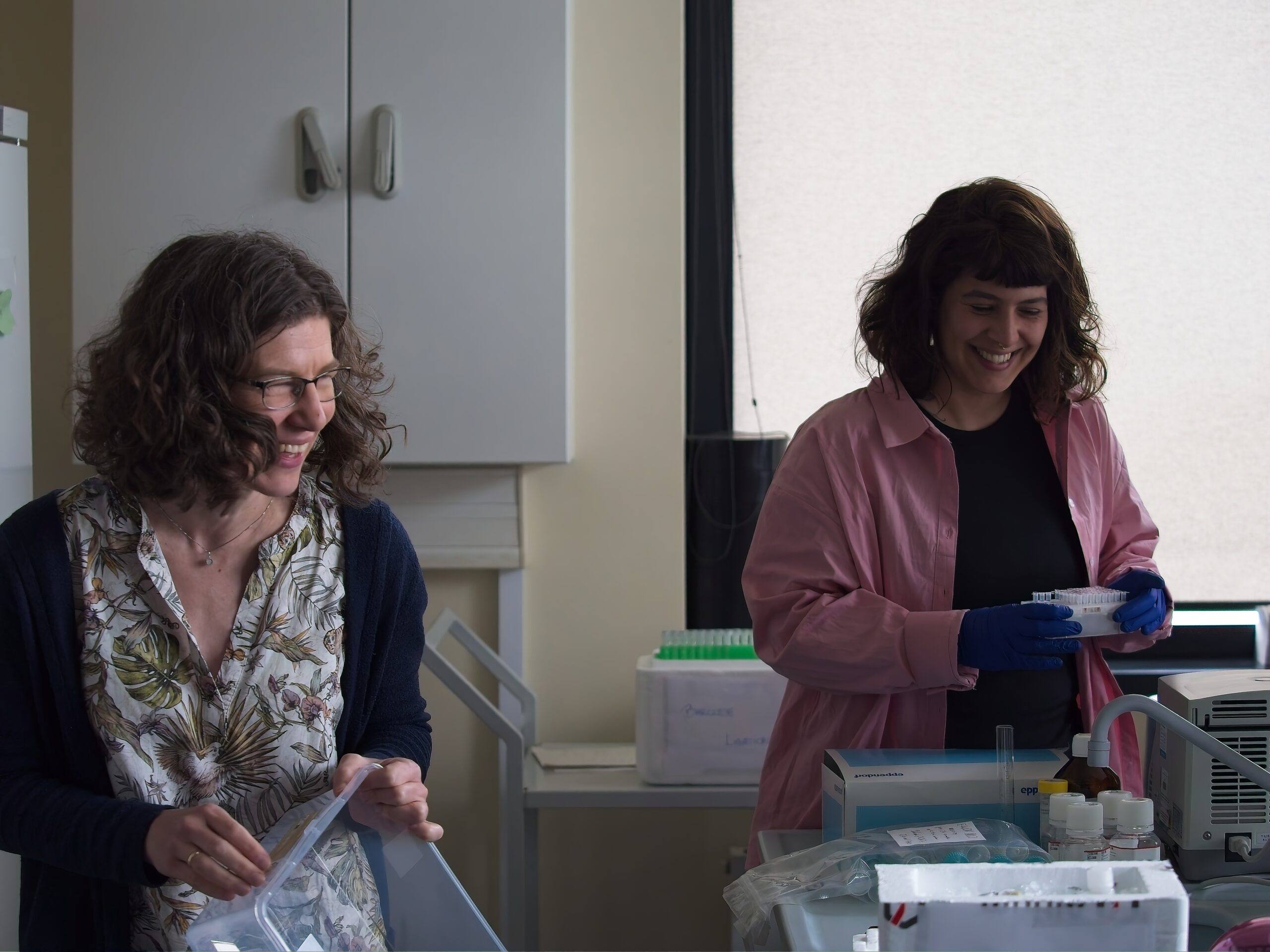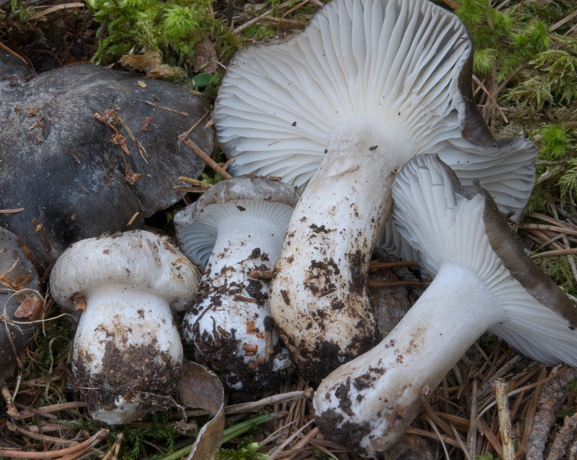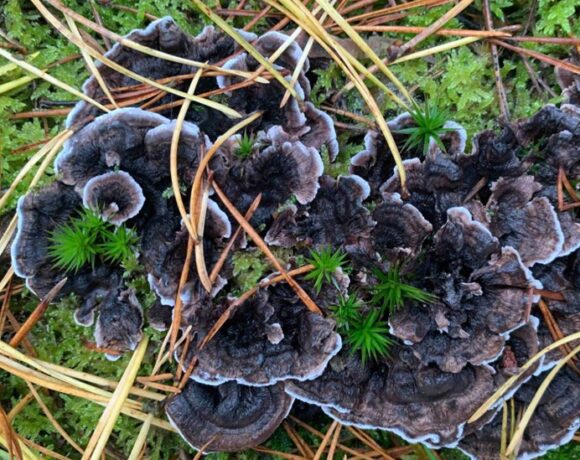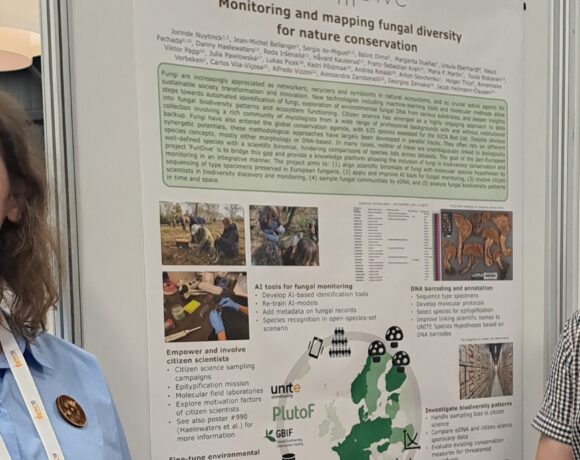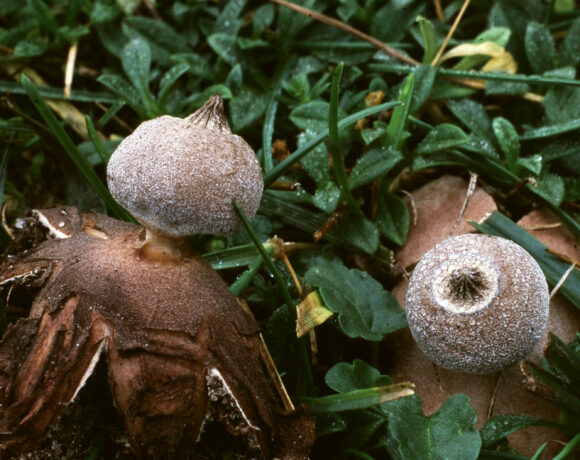Monitoring and mapping fungal diversity for nature conservation
In FunDive, we work to put fungi biodiversity on the map to enhance European conservation efforts. Fungi are essential for our ecosystems but are often neglected in monitoring and practical conservation efforts, leaving them vulnerable to threats and habitat loss.
FunDive combines citizen science, AI tools, and eDNA-based monitoring to develop better methodologies for fungal monitoring and conservation. We also aim to explore changes in fungal communities over time and space and assess the effectiveness of current conservation efforts for globally threatened fungi.
FunDive will
-
Improve identification of and unambiguous communication on fungal species (WP1)
To secure unambiguous communication on fungal species across different monitoring and research approaches by linking fungal names to DNA sequences via DNA barcoding of type material, and providing this knowledge on open platforms.
-
Enhance AI tools for fungal monitoring (WP2)
To research and develop state-of-the-art AI-based fungal species identification tools and link them directly to open data repositories with DNA-sequenced specimens.
-
Involve citizen scientists in biodiversity discovery and monitoring (WP3)
To build on experiences from national citizen science projects and mycological societies to develop a transnational collaboration network to explore fungal biodiversity by combining structured missions, synchronized sampling, DNA sequencing, and AI tools.
-
Sample fungal communities by environmental DNA (WP4)
To assess how eDNA can be used to monitor fungal diversity, as compared to recording of sporcarps and thalli, with a special focus on rare and threatened species. Supplement citizen science data with cross-European standardised eDNA sampling to identify fungal biodiversity hotspots in Europe.
-
Investigate fungal diversity and uniquity based on existing and de novo data (WP5)
To explore how, and to what extent, eDNA and citizen science data provide robust insights into spatiotemporal patterns of fungal diversity, their environmental drivers and the utility of existing conservation measures.

